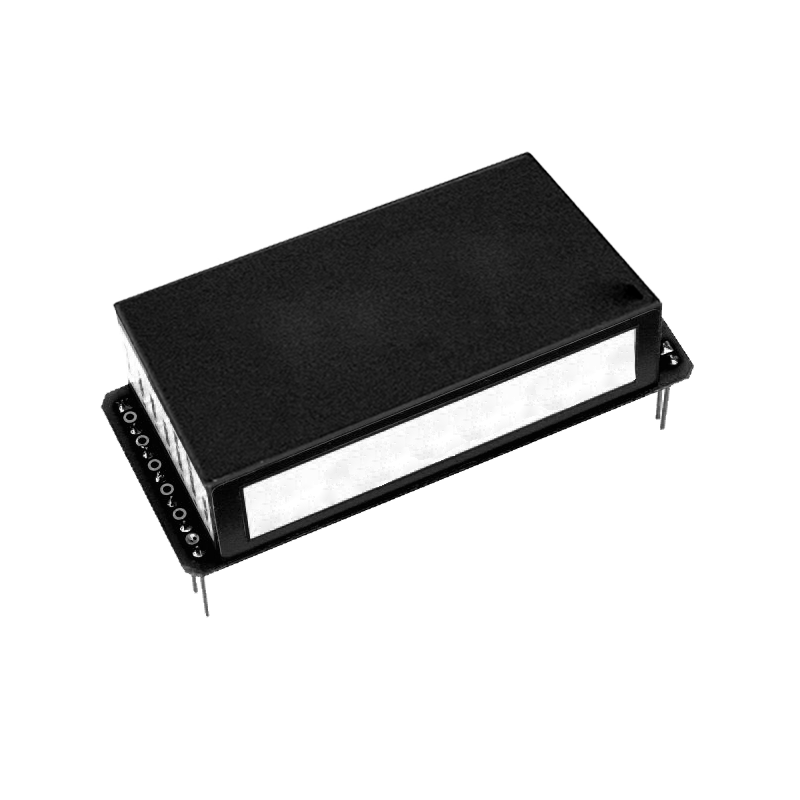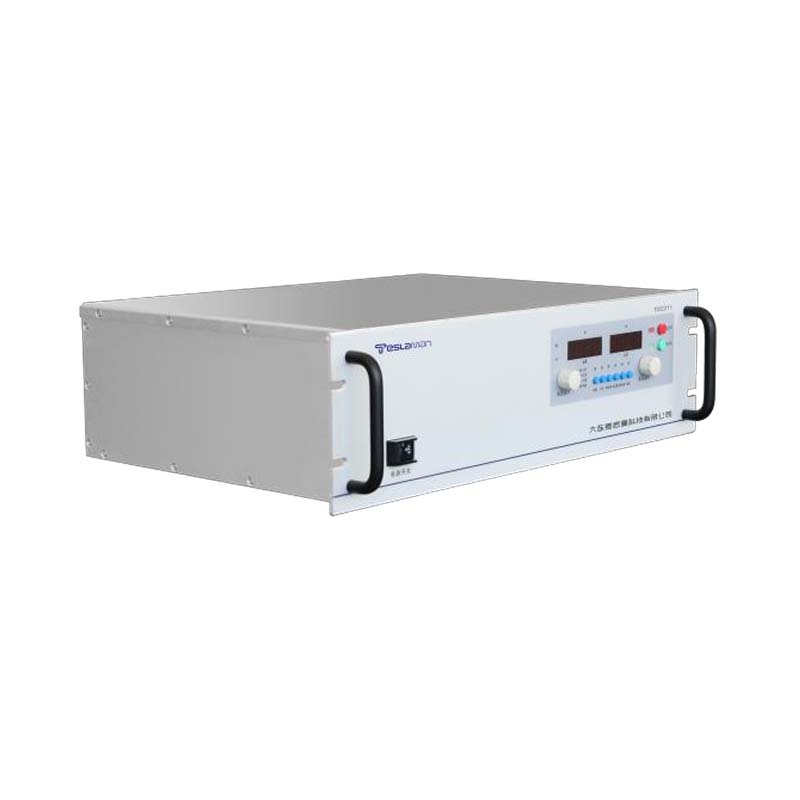Customization Requirements of Power Supplies for Research Laboratories: Technical Challenges and Solutions
1. Unique Challenges in Laboratory Environments
Core equipment in research laboratories—such as high-precision analytical instruments, quantum chip fabrication devices, and micro-processing systems—demand exceptional stability and purity from power supplies. Grid fluctuations, electromagnetic interference from nearby equipment, or natural disturbances can cause measurement errors, data distortion, or device damage. For example:
Quantum gravimeters require power ripple below microvolt levels to avoid noise disrupting atomic state measurements;
Semiconductor lithography equipment needs current stability within ±0.01% to maintain nanoscale process accuracy.
Off-the-shelf power supplies struggle to meet such demands, making customization essential.
2. Core Technical Approaches for Customized Power Supplies
1. Electromagnetic Compatibility Design
Optimized Filtering Circuits: Multi-stage LC filtering networks suppress high-frequency noise (e.g., 100kHz–1GHz band), limiting output ripple to ≤120mV.
Electrical Isolation: Magnetic-shielded isolation transformers block common-mode interference with isolation voltages up to 5kV, ensuring safe separation between instruments and the grid.
2. Material and Process Innovations
Wide-Bandgap Semiconductors: Silicon carbide (SiC) and gallium nitride (GaN) devices reduce switching losses, boosting efficiency to >95% while minimizing thermal noise.
Radiation-Resistant Materials: Space-grade power supplies incorporate rare-earth shielding layers to withstand high-energy particle radiation.
3. Intelligent Control Systems
Dynamic Load Response: FPGA-based real-time algorithms adjust output voltage (±0.1V precision) within microseconds during load transients.
Remote Monitoring and Redundancy: RS485/CAN bus communication enables multi-device synchronization; dual-power redundancy switches in ≤10ms to ensure uninterrupted operation.
3. Industry-Specific Applications and Requirements
1. Cutting-Edge Research Fields
Quantum Computing: Ultra-low-power supplies (μW-level) minimize thermal noise affecting qubit coherence.
Nuclear Fusion: High-power pulsed supplies (hundreds of kW) require ±0.5% current precision for millisecond-scale discharges.
2. Industrial and Medical Applications
Biopharmaceuticals: Incubator power supplies must correlate voltage stability with temperature drift (≤0.1°C).
Data Centers: Modular designs (efficiency >97%) integrate AI-driven energy management to reduce PUE ratios.
4. Market Trends and Challenges
The global laboratory power supply market is projected to reach $15 billion by 2024, growing at 7.5% CAGR, but faces two key challenges:
1. Technical Gaps: Domestic high-end power supplies (e.g., for aerospace) lag in output stability (≤±0.01%) and anti-interference performance.
2. Sustainability Requirements: Compatibility with renewable energy inputs (e.g., solar DC microgrids) is driving a shift from AC/DC to hybrid energy management architectures.
5. Conclusion: Customization-Driven Future Directions
Customized laboratory power supplies represent demand-driven interdisciplinary engineering, integrating power electronics, materials science, and control systems. Future competitiveness hinges on three pillars:
Modular Design: Scalability (kW→MW range) and customizable interfaces;
Green Transition: Soft-switching technologies to reduce losses and meet carbon neutrality goals;
Domestic Breakthroughs: Achieving self-sufficiency in core components like wide-bandgap semiconductors and high-precision ADC chips.




















